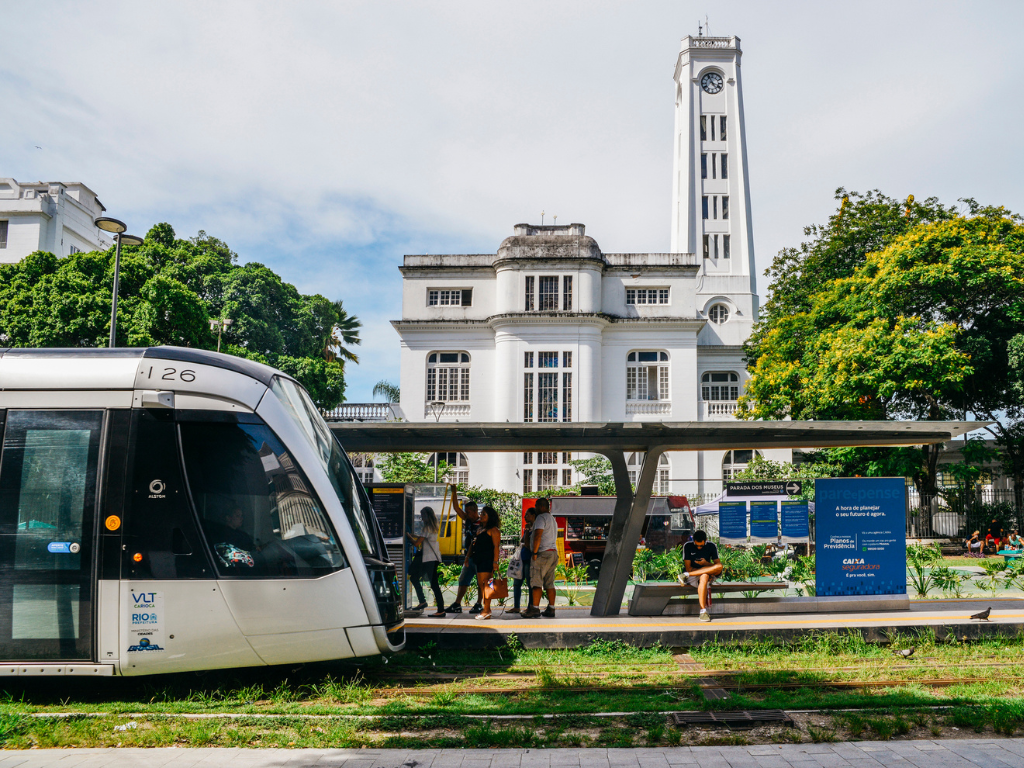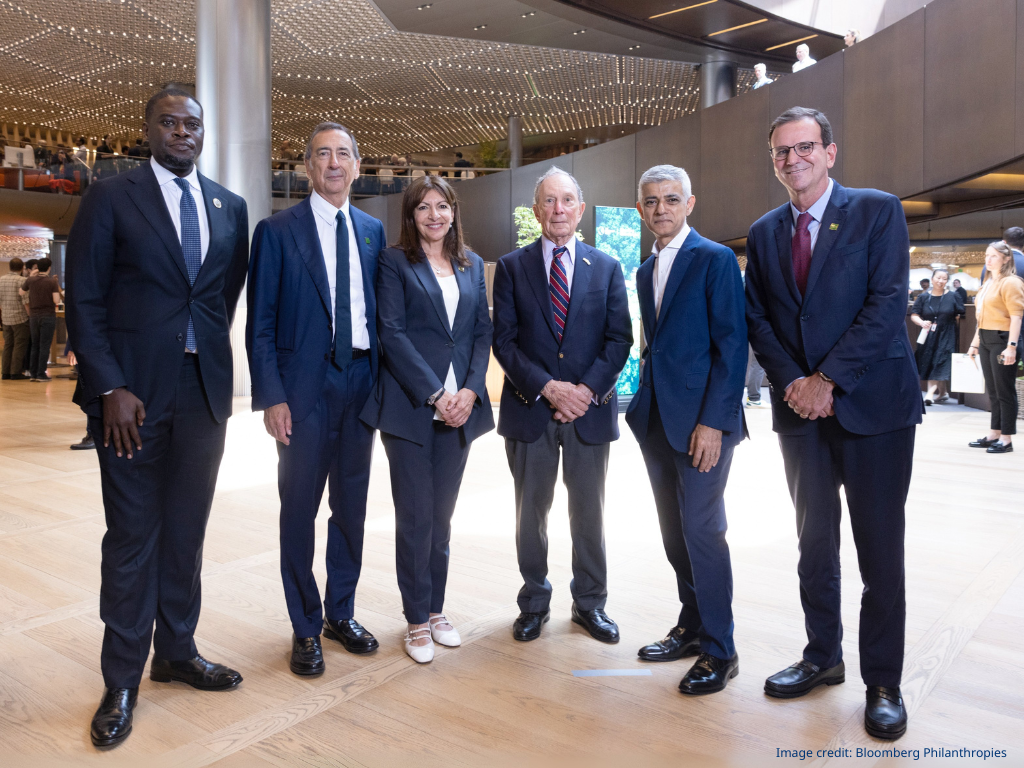5 Ways Cities Can Deliver Long-Term Clean Air Action

If you share our commitment to clean air and would like to hear news from Breathe Cities, sign up to our email updates.
You can opt out at any time. To read our full Privacy Policy, please click here.

By Lebo Molefe, Director of Air Quality & Climate Change at the City of Johannesburg, and Seneca Naidoo, Technical Head for Africa, Breathe Cities.
The challenges facing cities around the world may look different on the surface, but the goals are often the same. We want healthier and thriving communities, more resilient and people-centred urban environments. We want to make sure that the work we are doing today unlocks the long term change that not only benefits us now, but over the next five, ten or twenty years to come. Simply put, “We want cleaner air”.
To help cities around the world connect, share learnings and drive action under this shared goal, the City of Johannesburg was proud to host the second Breathe Cities Knowledge Workshop in May of this year. Technical officials from ten cities, including officials from the City of Johannesburg, came together in a three day workshop with a shared purpose: to reflect on how cities can sustain momentum on clean air action over time (even in the face of competing priorities, political or institutional shifts) and to identify actions to be taken in each of the cities represented to make the aspiration of clean air for all a reality.
Here are five key lessons from the workshop:
1. Make political leadership count
Political leadership provides the foundation for long-term action. When city leaders actively back cleaner air, it gives air quality teams the mandate to bring together key departments to strengthen collaboration, and creates opportunities to bring air quality issues and solutions into the political spotlight.
2. Secure buy-in across government
Clean air action cuts across many different sectors, from environment and transport to health and business. Cities therefore need strong coordination and alignment, not just between city departments, but across all spheres of government. That means establishing shared goals, pooling resources, and exchanging data and expertise.
It’s good practice to have champions within different teams or agencies: people who can keep things moving and make sure efforts stay connected. Regional collaboration can build on this by helping cities align their work and learn from one another. And by joining forces, cities can collectively push for action and support from national and global leaders.
3. Build structures and systems that last
To sustain progress on clean air, cities must build lasting systems by strengthening and building internal knowledge into the structures, systems, and operations of the city, encouraging cross-departmental collaboration and ensuring clean air goals are reflected in policies that remain in place, even when leadership changes.
For example, as work on the Clean Air Zone (CAZ) policy in Johannesburg moves forward, there is growing recognition within the City of the need to improve coordination across departments to achieve meaningful progress on air quality. To support this, the City has established a Project Steering Committee made up of representatives from various departments identified as essential to both developing and delivering the CAZ policy. The plan is for the CAZ policy to be formally adopted by the city’s council in June 2026.
4. Collaborate widely and take evidence informed action
Government partnerships are just one piece of the puzzle. For clean air policies to be effective and benefit those who need it most, cities need to meaningfully involve communities and other stakeholders. Academic institutions and independent experts can also help strengthen the city’s work by building trust and making sure decisions are backed by solid evidence.
Data plays a critical role, not only in informing effective policies, but in building public understanding and agency, and in unlocking the kind of ambitious action cities need to take. It helps cities make better decisions, enables more targeted interventions, and gives people the information they need to advocate for clean air and hold decision-makers to account.
In Johannesburg, we’re working with Breathe Cities to collect and analyse data, develop new and innovative policies, and engage residents through our efforts to address air pollution and foster a sustainable, healthy environment for the benefit of both residents and visitors.
To support this, a recent air quality perception survey reached communities across all seven regions of the city. Designed to better understand residents’ experiences of air pollution and its impacts, the survey captured people’s views on how air quality affects their lives and what they believe the main sources of pollution are.
These insights from our communities will be complemented with scientific data through real-world vehicle emissions testing and a study to help identify the actual pollutants in the air, their concentrations and where they’re coming from, so action can be more precise and effective.
5. Make it personal
To get others to work with you, it helps to understand what matters to them. That means telling stories people can relate to, focusing on the human impact and finding personal connections that motivate action. Whether you’re speaking to politicians or the public, emotional connection can be just as powerful as data.
Breathe Johannesburg is working with youth, schools, and communities to build awareness and momentum. In partnership with the South African Institute of International Affairs, 50 young people aged 13-25 have been trained on air quality, preparing them to lead sessions and share what they’ve learned in their own communities. As part of wider outreach efforts, 35 community-based organisations across all seven regions of the city will also receive training on air pollution and its impact on health.
Looking ahead
The Johannesburg workshop reminded us that no city has all the answers, but working together, we have the tools to go further and faster. Clean air requires a clear vision and a long-term commitment, institutional staying power, and collaboration and coordination across every sphere of government, as well as with stakeholders and residents.
We’ve built strong momentum. Let us together, keep breathing life into our cities!



